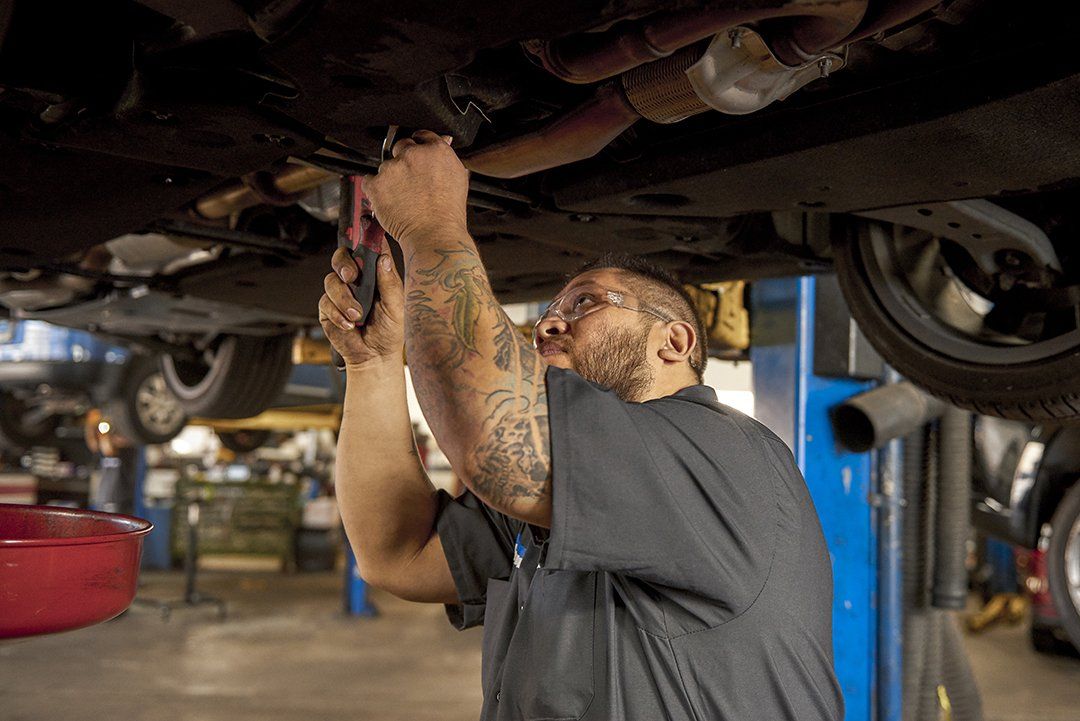Hand-operated transmission systems, also referred to as hand-operated transmissions or stick changes, require vehicle drivers to by hand select gears utilizing an equipment stick and run a clutch pedal. This setup gives direct control over the automobile's power and speed, enabling a much more engaged driving experience. The core parts of a manual transmission consist of equipments, shafts, and synchronizers, which work together to transfer engine power to the wheels successfully.
In a common handbook transmission, the driver makes use of the clutch pedal to disengage the engine from the transmission, chooses the wanted equipment making use of the equipment stick, and after that launches the clutch to re-engage the engine with the new gear proportion. This process permits precise control over the lorry's efficiency, enabling motorists to enhance power delivery for various driving problems. The straight mechanical link in hand-operated transmissions often causes far better gas effectiveness and a more connected feel in between the chauffeur and the vehicle.

The drivetrain in vehicles with hands-on transmissions contains numerous vital parts:
•Clutch: Engages and disengages the engine from the transmission to enable for gear modifications.
•Gearbox: Includes a set of gears that can be picked to change the lorry's rate and torque.
•Driveshaft: Sends power from the transmission to the differential.
•Differential: Disperses power to the drive wheels while enabling them to rotate at different rates, particularly throughout turns.

Comprehending these elements is vital for proper car upkeep and operation, making sure a smooth and responsive driving experience.
Check for more info at Logan Square Auto Repair - Automatic/Manual Transmission Systems Facebook Youtube Instagram
Navigation
Latest Posts
Take a Look at New Ford Inventory – Set Out Home Today!
Exploring Automatic Transmission Solutions and Their Drive Mechanisms
Drive the Future with the Lexus NX SUV in Edison, NJ